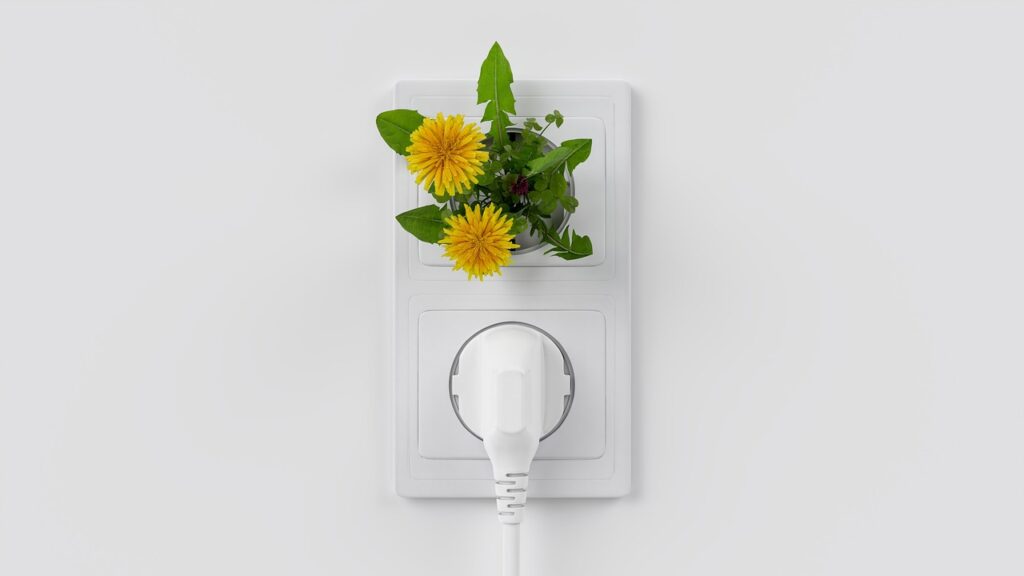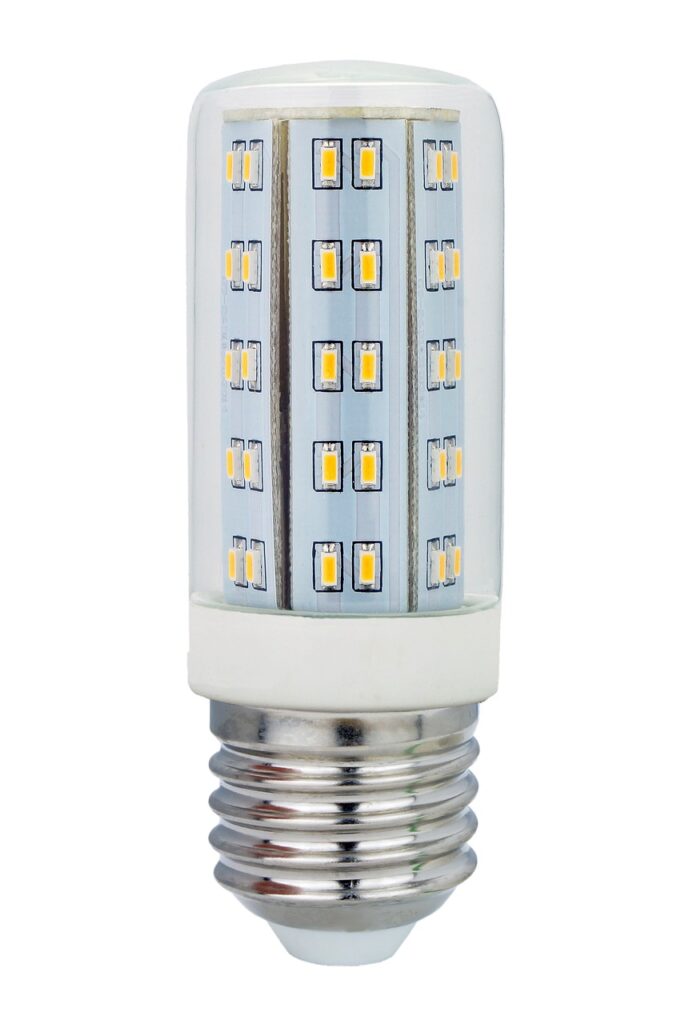Going green at home is easier than you think. With a few changes to your daily habits and home upgrades, you can significantly reduce your environmental impact. A green home saves energy, conserves water, reduces waste, and uses eco-friendly products.
In this article, we’ll share the top 5 green best practices for creating a sustainable, environmentally-friendly home. Implement these essential tips to do your part for the planet while also saving money on utility bills!
Why Follow Green Best Practices at Home
Before we dive into the specific tips, let’s overview some of the main benefits of going green at home:
Preserve Natural Resources
Reducing energy and water consumption conserves these precious natural resources. Simple changes like installing low-flow faucets and swapping light bulbs can make a big difference.
Reduce Your Carbon Footprint
Green practices like driving less, adjusting your thermostat, and eating less meat significantly cut the greenhouse gases your household emits. This fights climate change.
Save Money
Eco-friendly changes like weatherizing your home or purchasing Energy Star appliances reduce your utility bills. Going paperless also saves on expenses.
Improve Your Health
Using non-toxic cleaners, keeping your home dust-free, and enhancing indoor air quality creates a healthier home environment.
Set a Green Example
When you make eco-friendly choices, you motivate your family, friends, and community to do the same. Small changes multiply.
Now let’s get into the top 5 green best practices you should implement in your home!
1. Upgrade to Energy Efficient Appliances
One of the biggest energy hogs in your home is likely outdated appliances. Upgrading to the latest Energy Star certified models can make a significant dent in your home’s electricity use.
Prioritize swapping out highly used appliances first – your refrigerator and washer/dryer are good places to start. Also look for the Energy Star label when replacing aging appliances like water heaters, dishwashers, and air conditioners.
Energy Star models meet strict efficiency guidelines set by the EPA. They incorporate features like:
- Variable speed motors and compressors
- Heat recovery technology
- Sensor drying on dishwashers
- Improved insulation
Just by replacing your refrigerator, washer, and dishwasher with Energy Star picks, you can save over $75 per year on utility bills.

2. Install Smart Thermostats
Smart thermostats like the Nest Learning Thermostat and the Ecobee Smart Thermostat allow you to regulate your home’s temperature precisely while maximizing energy savings.
With smart features like geofencing, automated scheduling, and adaptive learning, these thermostats program themselves around your lifestyle and preferences. You can also control them remotely from your phone.
Smart thermostats reduce wasted energy from heating and cooling an empty home. And convenient features like voice control through Google Assistant or Alexa make adjusting the temperature simple.
This green upgrade pays for itself quickly. On average, homeowners save 10-12% on heating and 15% on cooling per year.
3. Switch to Efficient Light Bulbs
Replacing all of your home’s bulbs with LEDs is one of the fastest ways to reduce energy use. LED bulbs use at least 75% less energy and last 25 times longer than traditional incandescent bulbs.
Make the switch in the most used light fixtures first, like kitchen ceiling lights, living room lamps, and exterior lighting. Look for the Energy Star rating again as an efficiency guarantee.
Some of the best LED bulb options include:
- Philips LED Bright White Light Bulb
- GE Relax LED Light Bulb
- Cree Lighting LED Bright White Light Bulb
Outfitting your whole home with LEDs can save about $75 per year on electricity costs. The bulbs also last 10+ years, saving you money on replacement costs.

4. Weatherize Windows and Doors
Preventing air leaks is one of the most important steps for increasing your home’s energy efficiency. Heat escapes easily through poorly sealed windows, doors, vents, and cracks.
To find leaks, look for daylight coming through crevices and use your hands to detect drafts. Use caulk and weatherstripping to seal openings around windows and doors. Seal ducts with metal tape.
Also consider investing in insulating window film. These clear plastic sheets create an additional barrier against drafts and heat transfer. Installing them is a simple, inexpensive DIY project.
Proper weatherization keeps your home warmer in winter and cooler in summer. It can reduce heating and cooling costs by up to 25%.
5. Change Furnace Filters Monthly
Replacing your furnace filters monthly improves air quality and saves energy. As filters accumulate dust and dirt, they obstruct airflow which makes your system work harder to maintain temperature.
Mark your calendar for a regular schedule. Set a filter replacement reminder on your phone a week before your furnace inspection.
Look for filters with a MERV rating of 8-12. These filter out smaller particles like bacteria and mold spores. MERV 13 filters offer even better filtration but need to be changed more frequently.
A clean furnace filter improves efficiency by 5-15%. This green maintenance task costs little but makes a noticeable difference.
Do Your Part with Eco-Friendly Home Best Practices
Going green starts right at home. Follow these essential tips to reduce your energy and water usage, cut waste, and make your home healthier.
The five practices we covered – upgrading appliances, installing smart thermostats, switching light bulbs, weatherproofing, and changing filters – are some of the most impactful steps you can take. But don’t stop there!
Look for additional ways to go green like washing clothes in cold water, composting food scraps, eliminating single-use plastic, and reducing your paper usage. Small daily changes really add up.
Green home upgrades are investments that pay off through energy savings and reduced environmental impact. By putting sustainability first, you ensure your home minimizes harm to the planet while also becoming more comfortable and efficient.
Implement these essential practices first, then continue challenging yourself to find new ways to lighten your footprint. An eco-friendly home benefits both your wallet and the earth





